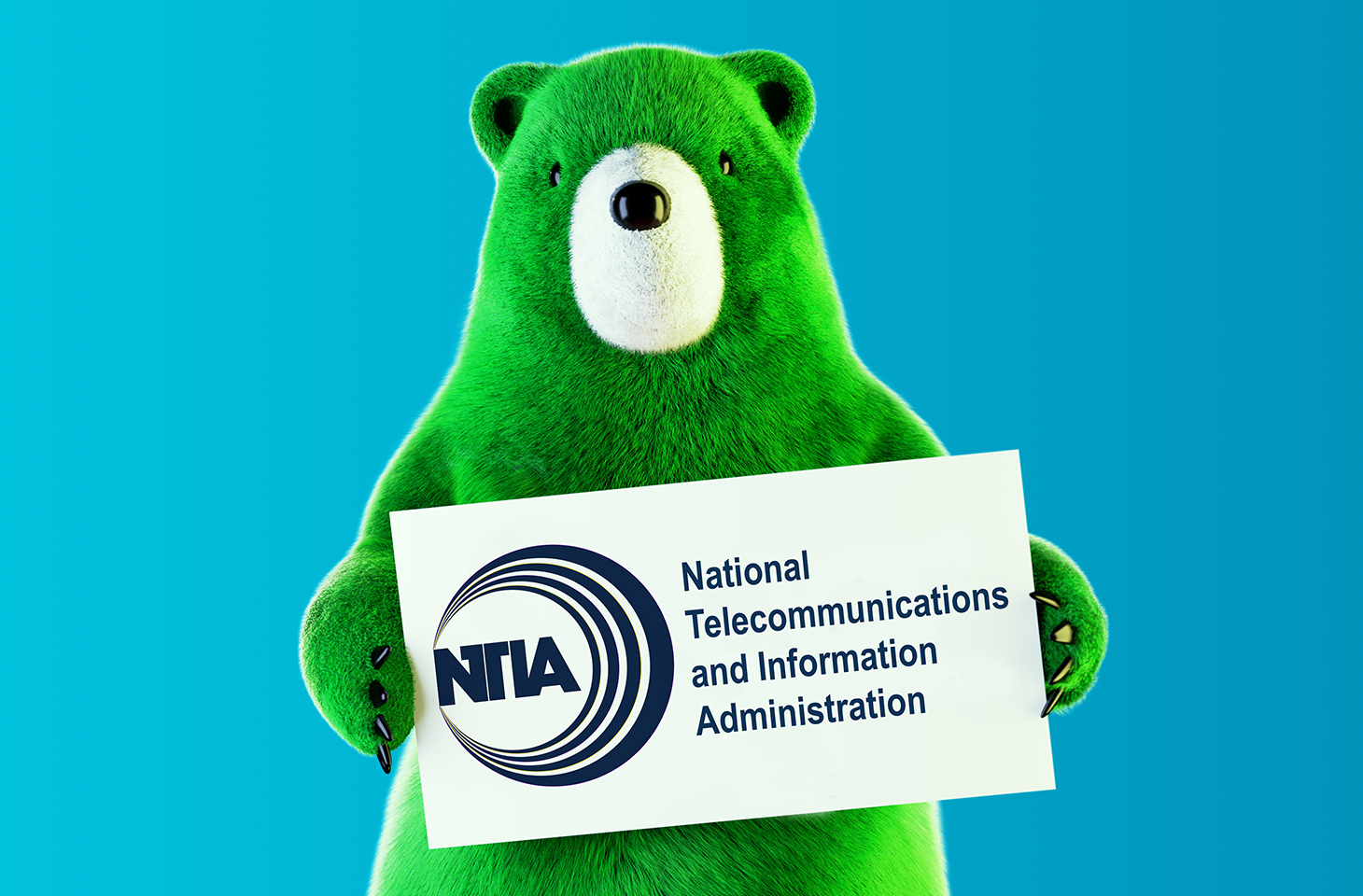Welcome back to Community Podcasts, a Kaspersky Transatlantic Cable podcast miniseries. As always, my cohost for this series is Anastasiya Kazakova, a senior public affairs manager who coordinates global cyberdiplomacy projects at Kaspersky.
As a reminder, the Community Podcasts is a short series of podcasts featuring frank cyberdiplomacy conversations with cyberheroes who unite people, building communities to work together for the common good despite growing fragmentation, confrontation, cyberthreats, and more. Why are they doing this? And how are their efforts going?
For our third episode, Kate Stewart, a cochair of one of the working groups within the National Telecommunications and Information Administration’s cybersecurity multistakeholder process for software component transparency, joins us. NTIA has years of experience in conducting open, multistakeholder processes to help make progress on issues such as finding common ground on cybersecurity vulnerability disclosure, developing clear policy guidance on the secure update of IoT devices, and providing more transparency about data collected by mobile apps. Today we’re focusing on this multistakeholder process for a Software Bill of Materials (SBOM) or software component transparency.
During our extended conversation, we discuss a wide array of topics, from the need for collaboration between public and private sectors, what working with governments has been like, what the future holds for incident response, how to maintain neutrality in cyber “firefighting,” and more.
 podcast
podcast




 Tips
Tips